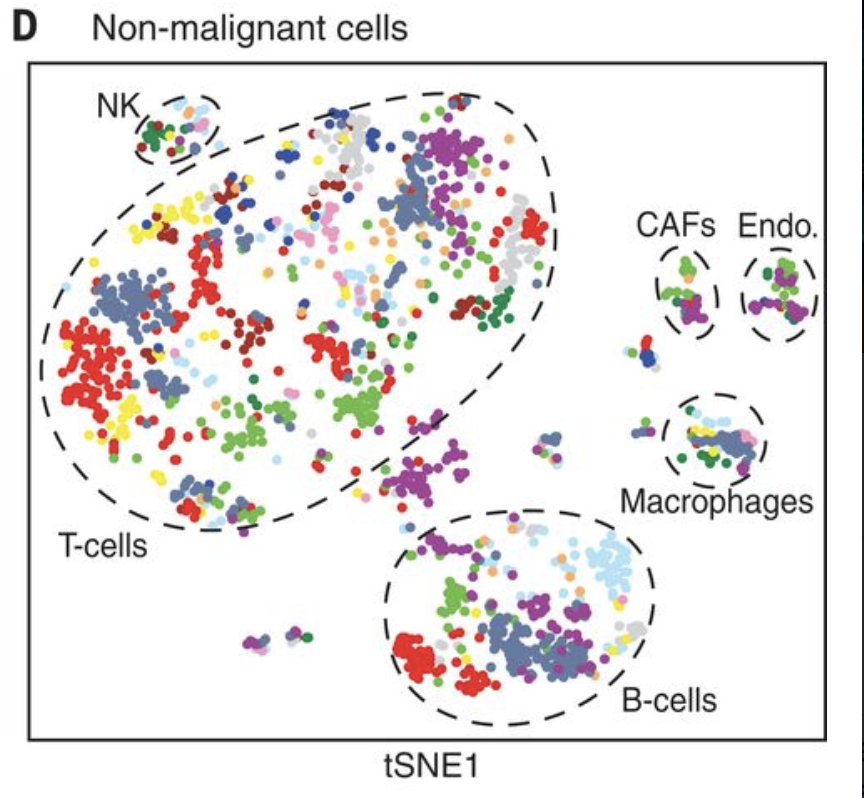I was wondering about creating mammals that consist out of multiple sets of DNA and if they could procreate. I am talking about a singular being that isn't composed out of multiple seperate parts creating a whole (like a Man-o-War, which actually has the same DNA for each part if some sources are believed) or where two sets of DNA exists inside a single cell (like Mytochondria that have different DNA than our cells). The goal would be to cut the amount of DNA in each cell down to fractions of the complete DNA sets our own cells have.
Currently our cells have our complete DNA inside them. When alive a cells will deactivate all DNA that it does not require for it's task, meaning a liver cell will have different DNA active than a nerve cell. However this means that these cells still have to copy the entire DNA sequence each time and require complex patterns to make sure no "wrong" DNA is activated. As already mentioned the goal would be to have each cell carry and copy only a portion of the DNA it needs and carry as little as possible unnecessary DNA, meaning that it'll have a different DNA set from cells with a different function.
As an example, the DNA could have distinct purposes but be constantly intertwined. One DNA type could be limited to purely supportive structures, such as tendons, bones and fat cells (in normal capacity fat cells are a supportive structure) while another DNA set is completely dedicated to energy regulation, from making a functional liver, lungs, cardiovascular system etc. This would mean that for most parts there are no distinct seperate parts. Like the bones that would have nerve and bloodvessel cells growing through them with different DNA.
This question already answers part of my question: Multiple DNA, one creature
However it focuses on answers of either distinct individual components or integrated DNA that basically just functions like a secondary DNA set in each cell, rather than how a two mammals might reproduce effectively if they had multiple specialized DNA sets in seperate cells.
For clarity the question again:
Could a mammal procreate if it existed out of multiple sets of DNA in different cells, and if so how could it do that?

